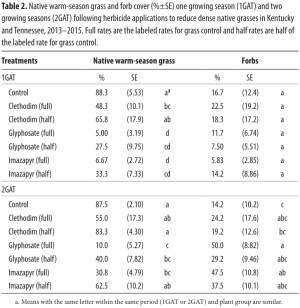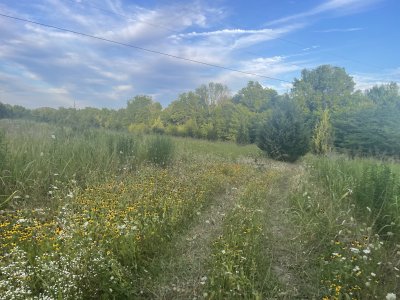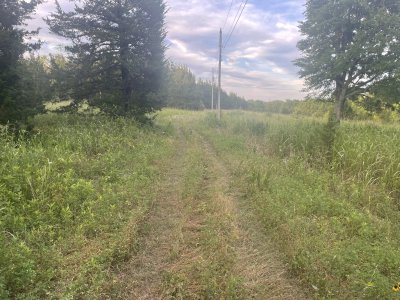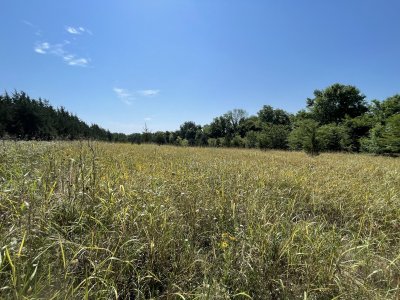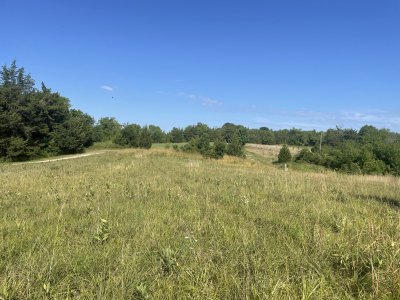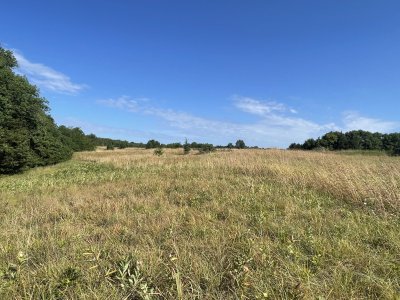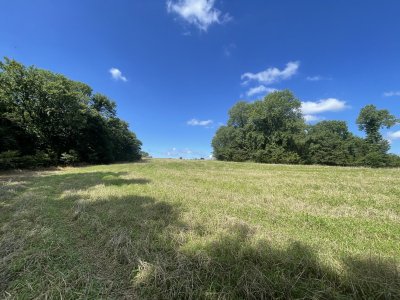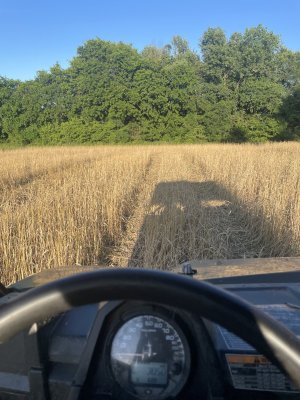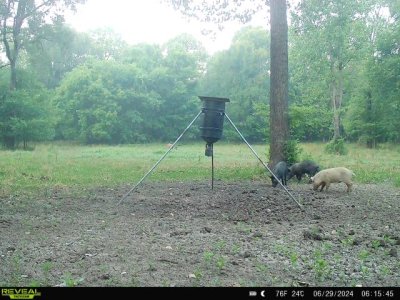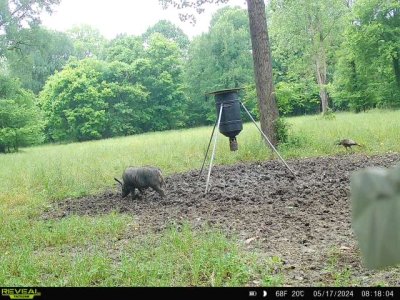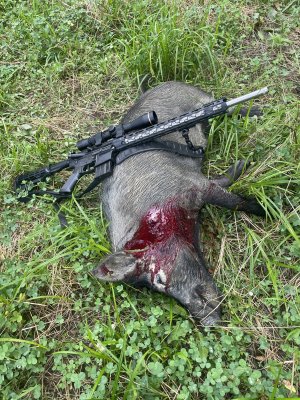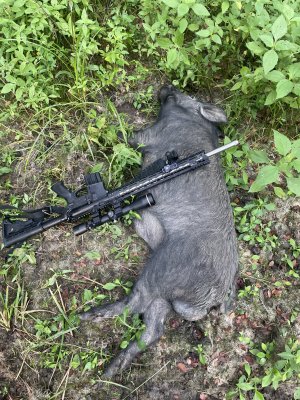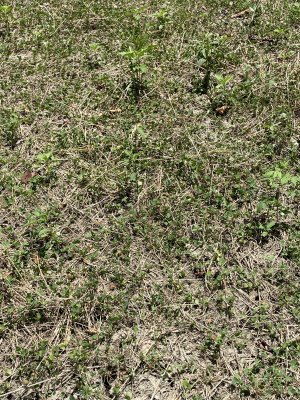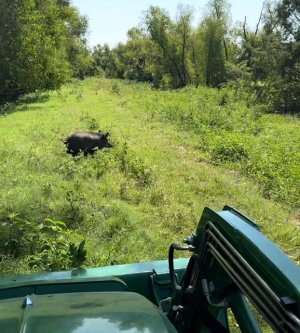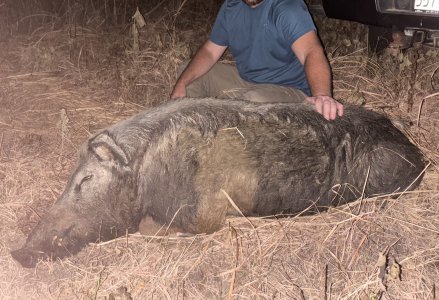The field with the johnson grass was planted a year ago with a pollinator mix and I was worried that gly might adversely affect any of the plants from that previous planting. I have another slightly larger field I am going to spray with gly. I have disked the nwsg before but did not see much improvement. The other field I am going to spray has a lot of two ft tall persimmon and ash I also hope to set back.I went to look back at the research done at Purdue and UT in this document:
This is what was written about thinning NWSG stands:
"Herbicides to thin rank native grasses. Various herbicides can
be used to effectively thin native grasses and increase forbs.
However, grass-selective herbicides do not reduce native grasses
enough to elicit an increase in forbs and a change in composition.
Broad-spectrum and broad-spectrum selective herbicides (e.g.,
glyphosate and imazapyr) effectively thin native grasses and
increase forbs after only one application. Herbicides to reduce
native grasses are most effective when applied in late spring or
early summer (May–June) when grasses are 18–24 inches tall and
prior to flowering, but they also may be applied later in the
summer (August–September) prior to grass senescence. If
applied in late summer, mowing or burning the stand early in
August and allowing at least 3 weeks for native grasses to regrow
may increase the effectiveness of the treatment.
We recommend imazapyr (Arsenal®, 48 oz/ac) instead of
glyphosate if legumes or brambles are present, because most
legumes and brambles are relatively tolerant of imazapyr.
However, glyphosate (2 qt/ac) should be used when sericea
lespedeza is present, because imazapyr does not control sericea
lespedeza. Glyphosate also can be used when the stand has few if
any forbs. Burning fields after treatment is recommended to
reduce thatch and stimulate the seedbank. If sprayed in May or
June, the stand can be burned in July or August to stimulate
germination of forbs and grasses before fall."
Thanks for the info!

